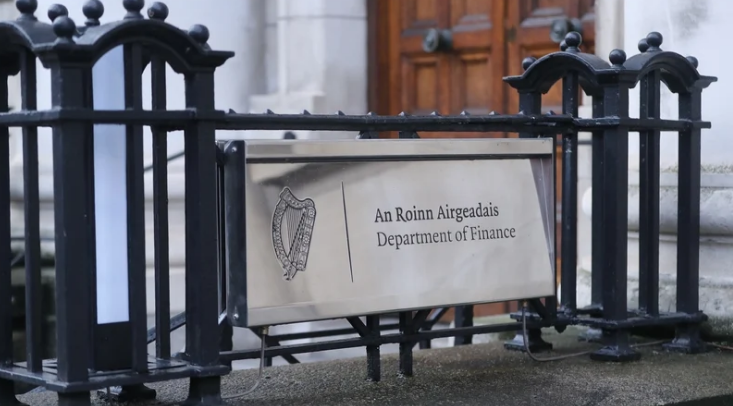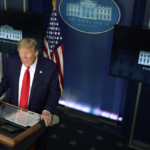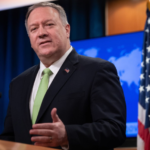The Department of Finance is preparing to release a new set of economic forecasts for Ireland, taking into account the potential impact of tariffs introduced by the Trump administration in the United States.
The updated outlook will be presented to Cabinet before being officially launched by Minister for Finance Paschal Donohoe and Minister for Public Expenditure Jack Chambers. The forecasts aim to provide a clearer picture of how ongoing global trade tensions could affect Ireland’s economic trajectory.
Two distinct scenarios are laid out in the report: one assumes a trade agreement between the US and the European Union, while the second models the consequences of a 10% blanket tariff imposed by the US on global imports and a steep 60% levy on Chinese goods. The latter scenario reflects the heightened protectionist stance recently adopted by Washington.
The document builds on analysis carried out in March by the Department of Finance in collaboration with the Economic and Social Research Institute (ESRI). That study warned of significant repercussions for Ireland’s multinational-heavy economy if a global trade war were to intensify.
According to the analysis, Gross Domestic Product (GDP) could shrink by up to 3.2% under a tit-for-tat tariff regime. Meanwhile, growth in the domestic economy — a key indicator of consumer and SME activity — would be 1.7% lower than in a no-tariff scenario. The study also forecast a potential decline in corporation tax revenue, a crucial source of funding for the Exchequer given Ireland’s reliance on multinational firms.
The Department’s baseline forecast, which assumes no new tariffs, has been endorsed by the Irish Fiscal Advisory Council, the independent body that monitors the sustainability of Ireland’s public finances.
The publication of these updated forecasts is a requirement under EU regulations, which obligate member states to submit medium-term economic plans and provide annual progress updates on implementation.
Looking ahead, the Government plans to unveil a comprehensive Medium-Term Fiscal and Structural Plan this summer. That roadmap will outline Ireland’s fiscal strategy for the next five years, setting priorities for investment, tax policy, and debt sustainability amid a rapidly changing global economic landscape.
As the prospect of escalating US tariffs looms large, Irish policymakers are seeking to anticipate and manage risks that could impact everything from trade to tax revenue. The upcoming forecasts are expected to play a key role in shaping economic planning and public spending decisions for the years ahead.

















